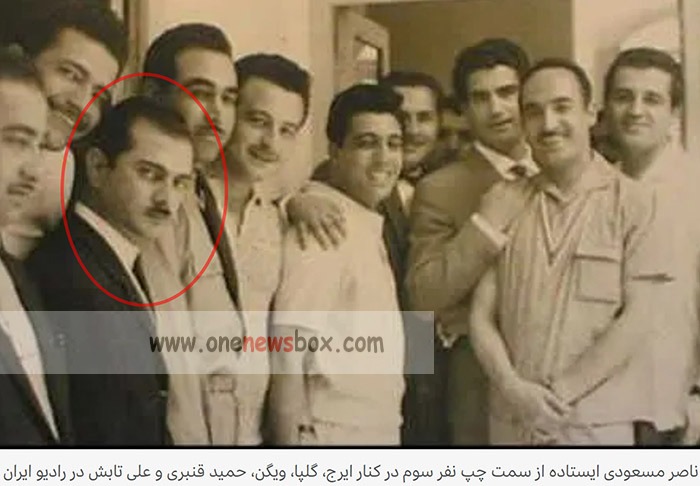Mirza had launched his Jangal (forest) movement in 1920, inspired by constitutional ideals and the Bolshevik Revolution in Russia, seeking independence and justice for Iran. The movement was crushed in a joint assault by the central government’s forces led by Reza Khan Sardar Sepah and the British. Mirza perished in the freezing mountains of Talesh, yet his legend lived on through oral poetry—poetry that shaped Nasser Masoudi’s earliest emotional relationship with music.
Adolescence, Self-Taught Struggle, and the Street Music of Tehran
Encouraged by his mother and elder sister, who noticed his extraordinary voice when he was only eight years old, Nasser began to sing constantly. Music was embedded in the family’s daily life—most members had pleasant voices—but poverty and social struggle left no room for formal artistic training.
He grew up learning by listening and imitation, absorbing melodies, maqams, and rhythms from radio broadcasts and street performances. His teenage years coincided with the widespread popularity of singers like Manouchehr Homayounpour, whose voice he adored and repeatedly tried to emulate. He also drew inspiration from Qasem Jabali and Manouchehr Shafi’i.
Recalling those days, Masoudi once said:
“I was entirely self-taught. I followed every sound I heard. My friends and I used to go to the magnificent Bagh Mohtasham and practice together. In our time, singing in the alleys of the gardens was very common, and we hummed melodies collectively.”

